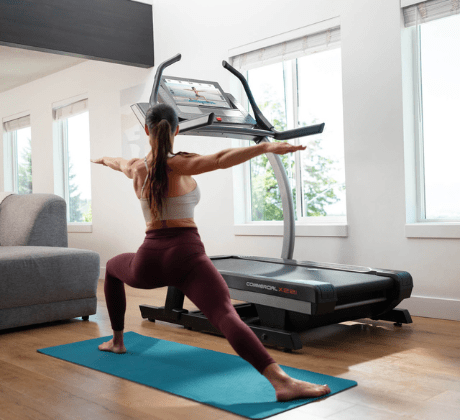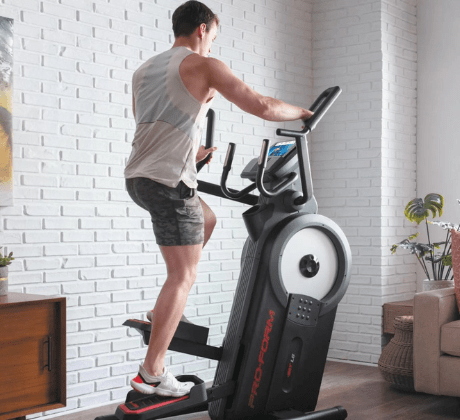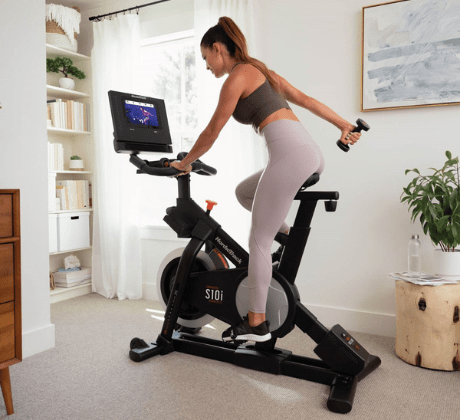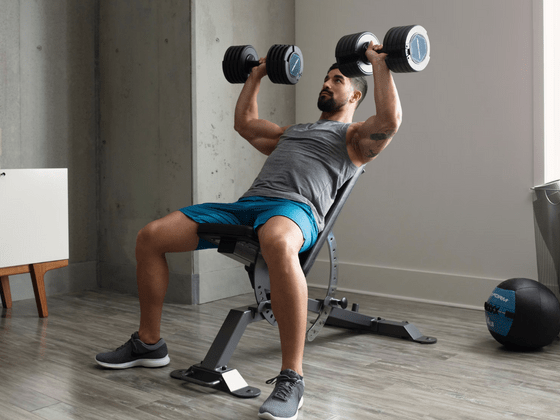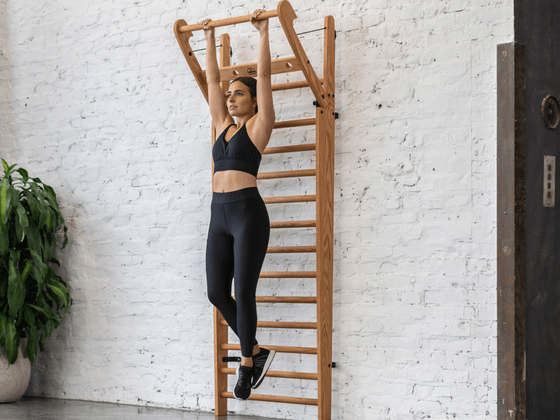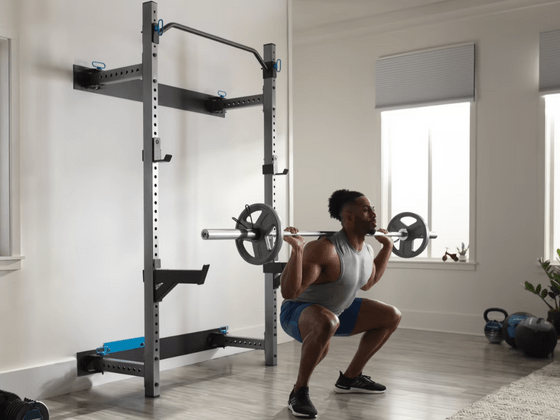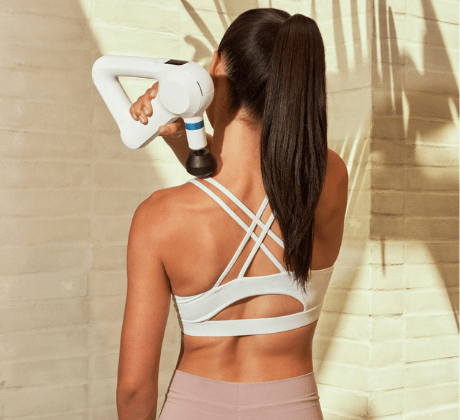Fitness Deals Online has a huge range of treadmills which vary in motor size so it is important to understand the importance of the treadmill motor to your home workout. Often the treadmill horsepower rating is the most obvious treadmill specification that jumps out at the consumer when they are doing their buying research. It is generally our natural way of thinking that bigger is better, however this is often misleading as there can be several factors when determining whether a treadmill is suitable for your fitness requirements.
The treadmill should be suited to you, your size, and what you would like to do during your workout. Even if you are a heavy user, you don’t need that much horsepower if you are only using your machine for walking.
The importance of Continuous Horsepower (CHP) and RPM
The best way to begin your shop is to look for treadmills that display a Continuous Duty Rating (CHP). This rating is a measure of the minimum horsepower delivered at any time during your workout. Continuous duty motors are generally of higher quality and deliver better performance.
A 1.5 and above continuous duty motor is ideal for home fitness providing the RPM rating is below 4000, and a 2.0 CHP is suitable for joggers and light runners. The more powerful the motor, the better suited it will be to more intense workouts like sprinting and running.
This brings us to the question of RPMs. RPMs are the motor rotations per minute, an important aspect to motor design as a motor spinning too fast is working too hard. The lower the RPM of a motor, the more torque it will have – torque being the power or speed of its rotation. This allows the motor to last longer, run quieter and smoother and prevent any lags or surges. Therefore a motor with an RPM rating of 5000 or lower will have greater long term benefits than a motor with a higher CHP rating and RPM rating up at the 8000 range.
Where can I find a treadmill with a low RPM?
Our Horizon and Vision treadmills feature the Johnson Digital Drive System which are a perfect example of a low-RPM motor operation. These motors recalibrate with every footfall to help you maintain rhythm.

